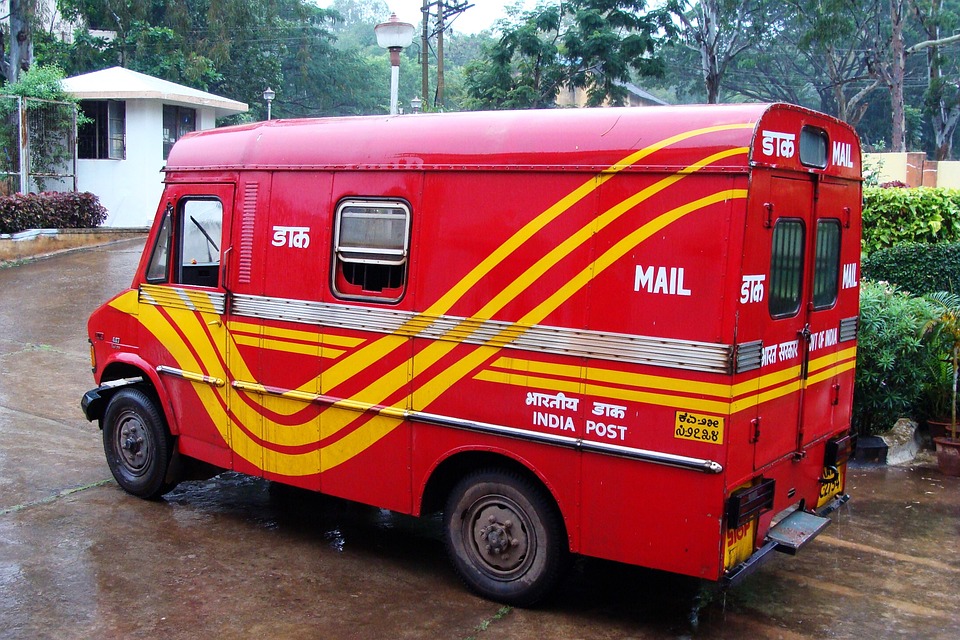The Ultimate Guide to Creating Effective Drip Mail Campaigns
Do you want to increase your email open and click-through rates, drive more conversions, and grow your business? If so, then it’s time to start using drip email campaigns. Drip email campaigns can be a powerful tool for nurturing leads and customers, and keeping your brand top of mind. In this ultimate guide, we’ll show you how to create effective drip mail campaigns.
What is a Drip Email Campaign?
A drip email campaign is a series of automated emails that are sent to your subscribers over a period of time. Each email is triggered by a specific action or behavior, such as signing up for your newsletter, abandoning a cart, or downloading a white paper. The purpose of a drip email campaign is to educate, engage, and convert your subscribers into customers.
Step 1: Define Your Goals
Before you create a drip email campaign, you need to define your goals. What do you want to achieve with your campaign? Do you want to increase sales, drive more traffic, or educate your subscribers? Once you know your goals, you can create a strategy that aligns with them.
Step 2: Segment Your Email List
The next step is to segment your email list. This means dividing your subscribers into different groups based on their interests, behaviors, or demographics. By segmenting your email list, you can send targeted messages that are relevant to each group. For example, you could segment your list by location, job title, or product interest.
Step 3: Create Your Drip Campaign Content
Now it’s time to create your drip campaign content. Each email in your series should have a specific goal and call to action. Your content should be engaging, informative, and easy to read. Personalizing your emails with the recipient’s name can also improve engagement rates.
Step 4: Map Out Your Drip Campaign
To create an effective drip campaign, you need to map out the journey that your subscribers will take. This will help you to visualize the flow of your emails and ensure that each message is relevant to the recipient. Your map should include triggers for each email, such as a sign-up form or behavior on your website.
Step 5: Choose Your Drip Campaign Tool
There are many options for email marketing platforms that offer drip campaign functionality. Some popular tools include Mailchimp, Hubspot, and Constant Contact. Choose a tool that fits your budget, features, and ease of use.
Step 6: Test and Refine Your Drip Campaign
After you launch your drip campaign, it’s important to test and refine your strategy. This includes analyzing open rates, click-through rates, and conversions. You can use A/B testing to compare different subject lines, content, and calls to action. Continuously monitor your results and make adjustments as needed.
Conclusion
Drip email campaigns can be a powerful tool for engaging your subscribers and driving conversions. By following these six steps, you can create an effective drip campaign that aligns with your goals, segments your email list, creates engaging content, maps out the journey, chooses the right tool, and tests and refines your strategy.
FAQs:
Q1. How many emails should be in a drip campaign?
A: The number of emails in a drip campaign can vary depending on your goals and audience. Generally, a campaign can consist of 3 to 7 emails sent over the course of a few weeks or months.
Q2. What is the ideal frequency for sending drip campaign emails?
A: The ideal frequency for sending drip campaign emails can vary depending on the content and audience. However, a general rule of thumb is to space out your emails at least several days apart to avoid overwhelming your subscribers.
Q3. Can drip campaigns be used for customer retention as well as acquisition?
A: Yes, drip campaigns can be used for both customer retention and acquisition. For example, you can use a drip campaign to onboard new customers or to encourage repeat purchases.
Q4. How do I measure the success of a drip campaign?
A: You can measure the success of a drip campaign by tracking metrics such as open rates, click-through rates, conversions, and revenue generated. Make sure to analyze your data regularly and make adjustments to your strategy as needed.
Q5. How do I create engaging content for my drip campaign?
A: To create engaging content for your drip campaign, focus on personalized messaging, clear calls to action, and a conversational tone. Use visuals and storytelling to make your content more memorable and relevant to your audience.






